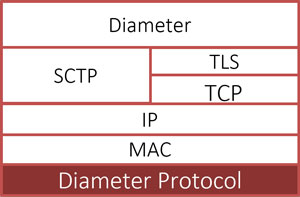Cisco SAE Gateway Training by TONEX
Cisco SAE Gateway Training, SAE-GW, SAEGW, Training, is a program covering Cisco® System Architecture Evolution (SAE) Gateway planning, architecture, Design, Implementation and optimization of CISCO SAE GATEWAY with Cisco® ASR 5x00. Cisco SAE Gateway Cisco® ASR 5x00 provides wireless carriers Packet Data Network (PDN) Gateway (P-GW), Serving Gateway (S-GW) functions and more in LTE/EPC.The SAE-GW node is a combination of S-GW and P-GW nodes. SAEGW operates as a service on ASR5x00 and requires existing S-GW and P-GW services to be configured and mentioned inside SAEGW service configuration.
Learn how to architect, design and implement Cisco ASR 5x00 CISCO SAE Gateway, SAE-GW (LTE/EPC System Architecture Evolution ) with interfaces for S-GW and P-PGW such as:
- S11/S4 GTPv2
- S1U/S12/S4U GTPv1
- S5/S8 GTPv2
- Gi
- Gx Diameter based interface
- S6b Diameter based interface
- Rf Diameter based interface
- Gy GTPP based online charging interface
- Gz GTPP based offline charging interface

